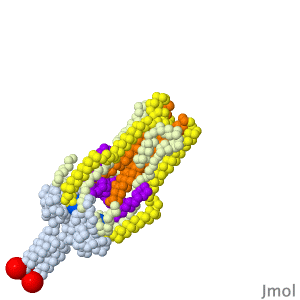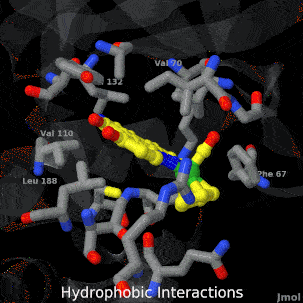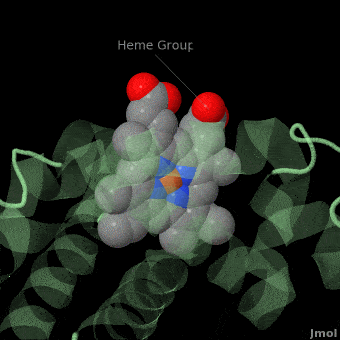Main Page
From Proteopedia
| Line 34: | Line 34: | ||
<td style="padding: 10px;> | <td style="padding: 10px;> | ||
| - | <p>[[:Category:Featured in Selected Pages|Other Selected Pages]]</p> | ||
<p>[[Help:Contents#For_authors:_contributing_content|How to add content to Proteopedia]]</p> | <p>[[Help:Contents#For_authors:_contributing_content|How to add content to Proteopedia]]</p> | ||
<p>[[Proteopedia:Video_Guide|Video Guides]]</p> | <p>[[Proteopedia:Video_Guide|Video Guides]]</p> | ||
| Line 41: | Line 40: | ||
<td style="padding: 10px;> | <td style="padding: 10px;> | ||
| - | <p>[[:Category:Featured in Art|Featured in Art]]</p> | ||
<p>[[:Category:PDB Art|All Art on Science]]</p> | <p>[[:Category:PDB Art|All Art on Science]]</p> | ||
</td> | </td> | ||
<td style="padding: 10px;> | <td style="padding: 10px;> | ||
| - | <p>[[:Category:Featured in I3DC|Featured in I3DC]]</p> | ||
<p>[[How to get an Interactive 3D Complement for your paper]]</p> | <p>[[How to get an Interactive 3D Complement for your paper]]</p> | ||
<p>[[Proteopedia:I3DC|List of Interactive Complements]]</p> | <p>[[Proteopedia:I3DC|List of Interactive Complements]]</p> | ||
| Line 53: | Line 50: | ||
<td style="padding: 10px;> | <td style="padding: 10px;> | ||
| - | <p>[[:Category:Featured in Education|Featured in Education]]</p> | ||
<p>[[Teaching Strategies Using Proteopedia]]</p> | <p>[[Teaching Strategies Using Proteopedia]]</p> | ||
<p>[[Teaching_Scenes%2C_Tutorials%2C_and_Educators%27_Pages|Examples of Pages for Teaching]]</p> | <p>[[Teaching_Scenes%2C_Tutorials%2C_and_Educators%27_Pages|Examples of Pages for Teaching]]</p> | ||
Revision as of 07:09, 21 October 2018
|
ISSN 2310-6301
Because life has more than 2D, Proteopedia helps to understand relationships between structure and function. Proteopedia is a free, collaborative 3D-encyclopedia of proteins & other molecules.
| |||||||||||
| Selected Pages | Art on Science | Journals | Education | ||||||||
|---|---|---|---|---|---|---|---|---|---|---|---|
|
|
|
|
||||||||
|
How to add content to Proteopedia Who knows ... |
How to get an Interactive 3D Complement for your paper |
Teaching Strategies Using Proteopedia |
|||||||||
| |||||||||||





